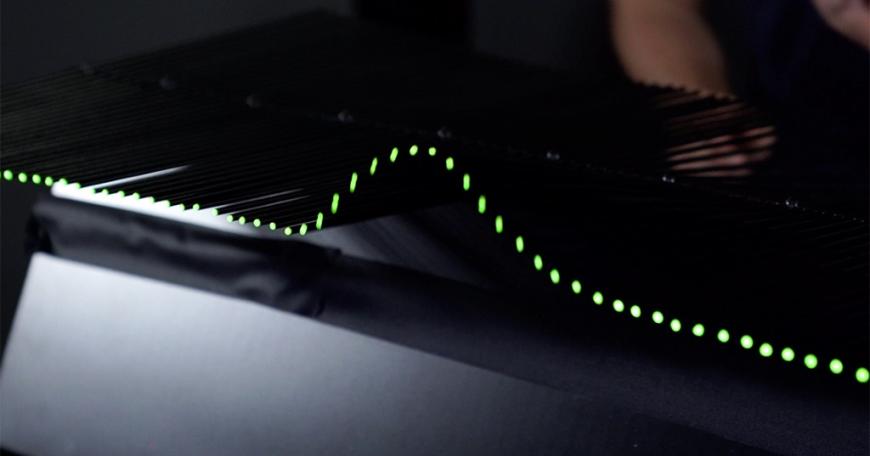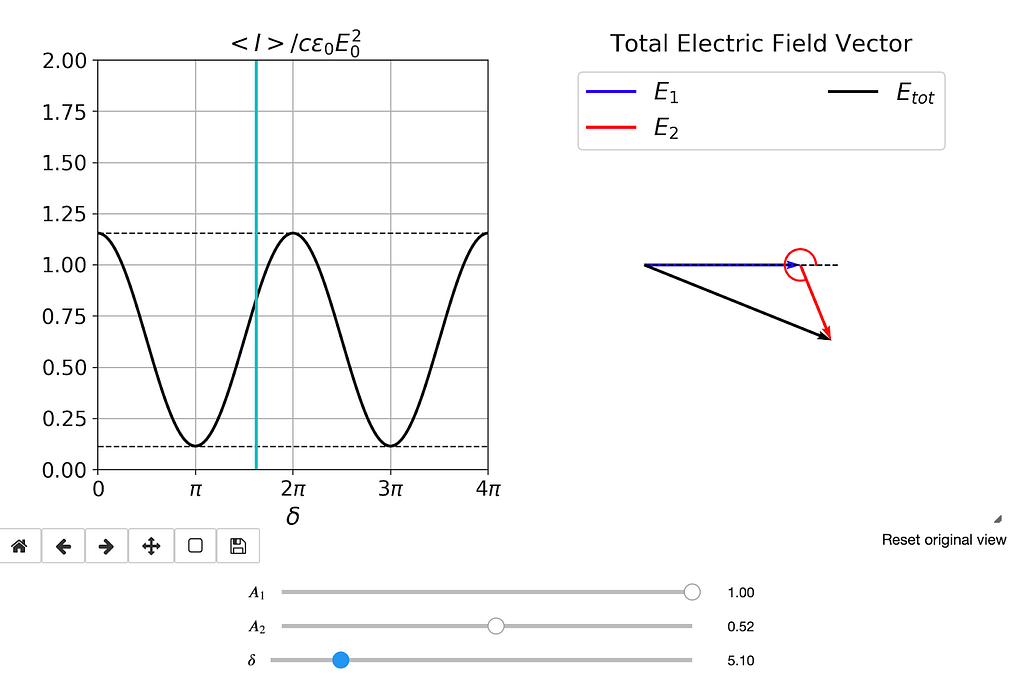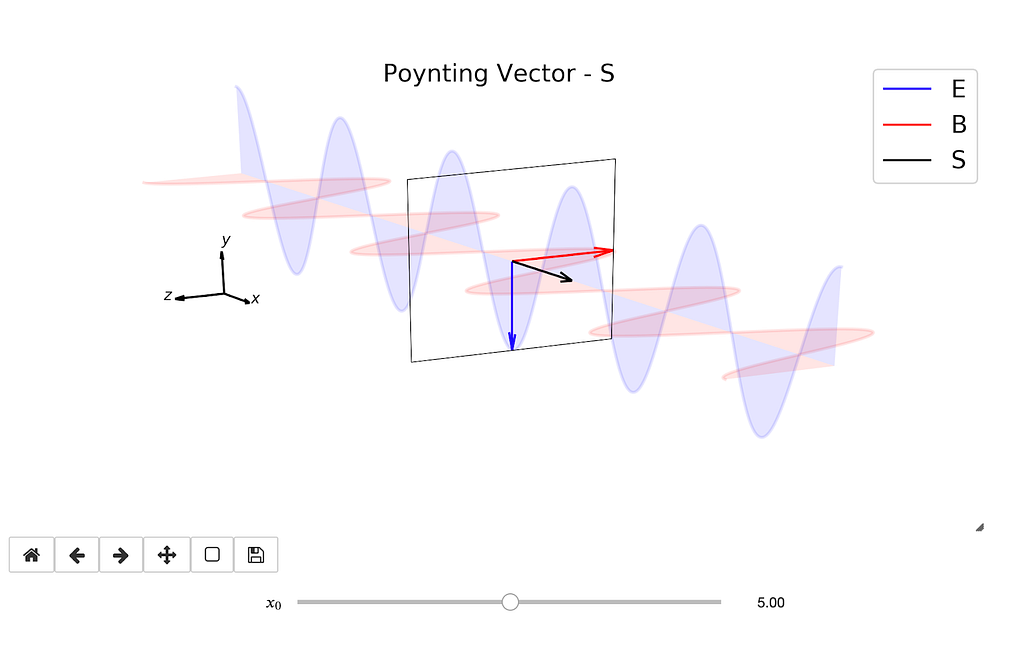
Vibrations and Waves
Adapting a residential MIT physics course for online learners
By Alex Shvonski, MITx Digital Learning Fellow, Physics
Thinking back to March 2020 will surely conjure visceral memories for most people. We were all adapting to, and perhaps in denial of, our new remote-work reality. I was getting ready to launch my first online course through MITx, which had been in development for many months. As the launch date neared and in-person learning ceased, this work seemed singularly important as a means to stay connected with learners, and to keep my own sanity. In this post, I want to share part of the journey of “8.03x: Vibrations and Waves,” which started as a residential MIT course and launched as an MITx course in March 2020.
8.03x was based on Prof. Yen-Jie Lee’s popular residential MIT course Vibrations and Waves, a sophomore-level physics class that bridges the gap between MIT’s Introductory Physics sequence and higher-level Quantum Mechanics courses. Prof. Lee wanted to adapt this residential course into an online format to reach more learners, so lecturer Michelle Tomasik and I set to work building the course on MITx in fall of 2019.

Mastering the Content
In terms of its content, Vibrations and Waves is more mathematically challenging compared to earlier courses and it begins to explore topics that really pique students’ interest; for instance, the “wave-particle duality” of matter (a favorite for quantum enthusiasts). To do this content justice, we wanted to ensure that the presentation of the material was clear, so as not to obfuscate topics that are already potentially difficult, and we wanted to enhance interactivity where possible, to encourage students to delve deeper into topics that they find interesting.
With these thoughts in mind, we began course development based on existing assignments and video lectures that Lee had recorded for OpenCourseWare in 2016, which we used as the structure for developing the rest of the course. In fact, our design philosophy was to stay as close to the MIT curriculum as possible, since our online learners have come to expect the same pacing and difficulty-level of a “real” MIT course. For several months, I watched the lectures, did the homework assignments, took the exams, and tried to think like a learner…which was easy, so to speak, because I was essentially learning the curriculum anew. As I progressed through the course, I tried to think about how to modularize the content — how to break it into smaller parts that would eventually include new practice problems and interactive components.

Thoughtful Learning Design
I should now mention our overarching design prerogative: spaced practice. In conceiving of how to structure the course, we sought to create learning sequences composed of “bite-sized” videos (<10 min) immediately followed by related interactive exercises, with each learning sequence roughly mirroring one lecture. Importantly, learners would practice concepts within these learning sequences and on a separate homework assignment in a “spaced” manner, which has been shown to be an effective learning method. At this point, my colleague Michelle Tomasik and I would meet weekly to discuss how to break up existing lecture videos into shorter segments and what types of problems we should create within learning sequences.
As I mentioned, our design objectives also included clarity and interactivity. In all of our Physics series MITx courses, we include many interactive problem types, but we also developed a new interactive component specifically for 8.03x. These were Jupyter notebook visualizations, which enabled learners to view graphs and complex figures within a pythonic notebook, and interactively change parameters and other settings to observe results dynamically. Some examples include:
a) visualizing the normal modes of a set of 2D masses and strings (Fig. 3)
b) visualizing the time-averaged total electric field amplitude of two superposed electromagnetic (EM) waves (Fig. 4)
c) visualizing the waveform of a freely propagating EM wave (Fig. 5)
Students could interact with the notebooks online and/or download them and alter the source code themselves to understand how they function. We created corresponding questions on MITx that prompted students to consider how the behavior of a system would be affected by a particular parameter change, for instance. Ultimately, we created about 35+ visualizations for the MITx course, and they were subsequently used in the residential course, as well.

Tying Everything Together
As March 2020 drew closer, there were many things to finish. We worked with the Open Learning media team to edit videos, we employed MIT students (past 8.03 students) as beta testers to work through the content and provide feedback, we employed others to help write solutions to problems and ensure that concepts were explained clearly, and much more. Various parts of the course were still being finalized as the pandemic hit, and we were forced to consider what effect Covid, still a new name at the time, might have on our first course run. Fairly quickly we assessed that the course should continue as planned, perhaps now with the more poignant purpose of keeping us all connected online.
Ultimately, we developed 8.03x for almost a year and it first ran as an 18-week instructor-paced online course from March-July 2020. It ran again on MITx from March-July 2021, and concurrently as a residential course at MIT in Spring 2021, when MIT was still remote. The learning materials, including interactive problems and Jupyter notebooks, have been used residentially since that time, and we plan to run the MITX course again in the near future.

Developing an online course from a pre-existing residential course was much more work than simply transporting and reformatting the existing content. We tried to view the material with fresh eyes, split it into logical, digestible chunks with short video segments, develop new problems to help students practice concepts over time, and create interactive components to draw learners in and, hopefully, connect them more deeply with the content. I am so grateful to our development team who worked tirelessly into the pandemic, and who made this first course run so memorable and enjoyable.
Vibrations and Waves was originally published in MIT Open Learning on Medium, where people are continuing the conversation by highlighting and responding to this story.

